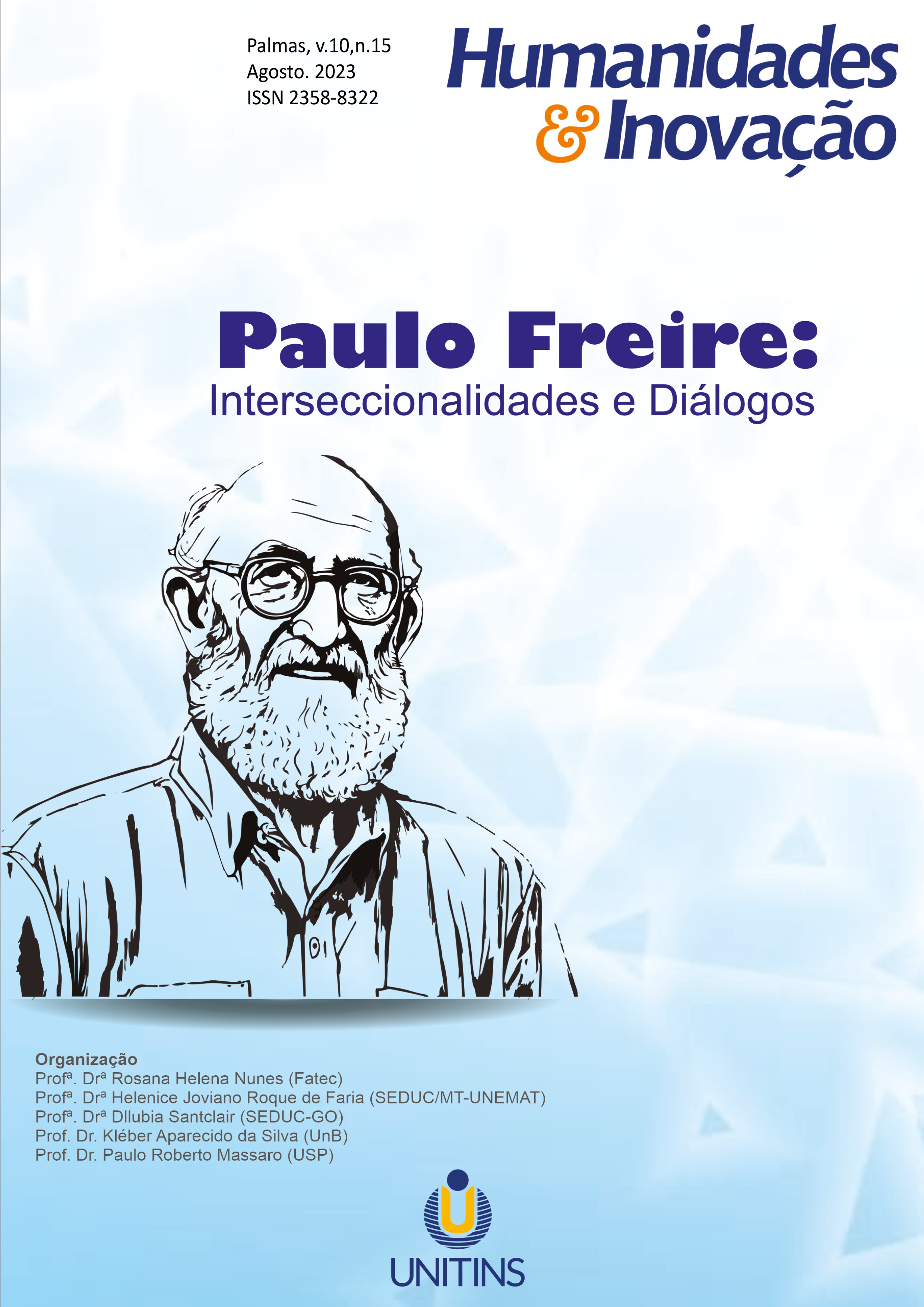INTERSECCIONALIDADES NA VOZ DE PAULO FREIRE NA EDUCAÇÃO INCLUSIVA DO ALUNO COM TRANSTORNO DO ESPECTRO AUTISTA
Abstract
O presente trabalho investiga a intersecção das interseccionalidades com a filosofia pedagógica de Paulo Freire dentro do âmbito da educação inclusiva. A noção de interseccionalidades, que reconhece as interações complexas entre diversos sistemas de opressão, fornece uma ferramenta analítica primordial para a apreensão das identidades multifacetadas e das vivências dos discentes. Aliada aos preceitos de Freire, que valorizam a conscientização crítica, a dialogicidade e a transformação social, tal perspectiva promete enriquecer a prática pedagógica voltada para a inclusão, fomentando a equidade e o empoderamento.References
FREIRE, P. Educação como Prática da Liberdade. 15a. ed. Rio de Janeiro: Paz e Terra, 2013a.
FREIRE, P. Pedagogia do Oprimido. 45a. ed. Rio de Janeiro: Paz e Terra, 2013b.
FREIRE, P. Pedagogia da Autonomia: saberes necessários à prática educativa. 48a. ed. Rio de Janeiro: Paz e Terra, 2014.
GONZÁLEZ REY, F. Pesquisa Qualitativa e Subjetividade. São Paulo: Pioneira Thomson Learning, 2005.
GONZÁLEZ REY, F. L. A configuração subjetiva dos processos psíquicos: avançando na compreensão da aprendizagem como produção subjetiva. In: MARTINEZ, A. M. M.; SCOZ, B. J. L.; CASTANHO, M. I. S. Ensino e aprendizagem: a subjetividade em foco. Brasília: Líber Livros, 2012. Cap. 1, p. 21-41.
IMBERNÓN, Francisco. Formação Docente e Profissional: formar-se para a mudança e a incerteza. 9º Ed. São Paulo: Cortez, 2011.
LIMA, Beatriz; BLORENSI, Vanise; SILVA, Alessandra. A Prática Docente e a pessoa com autismo. In: Atendimento Educacional Especializado: Processos de Aprendizagem na Universidade. Org: Ana Cláudia Pavão Siluk. Ed. 01 – Santa Maria: UFSM, CE, Laboratório de Pesquisa e Documentação, 2014.
Copyright Notice
The submission of originals to this periodic implies in transference, by the authors, of the printed and digital copyrights/publishing rights. The copyrights for the published papers belong to the author, and the periodical owns the rights on its first publication. The authors will only be able to use the same results in other publications by a clear indication of this periodical as the one of its original publication. Due to our open access policy, it is allowed the free use of papers in the educational, scientific and non-commercial application, since the source is quoted (please, check the Creative Commons License on the footer area of this page).











